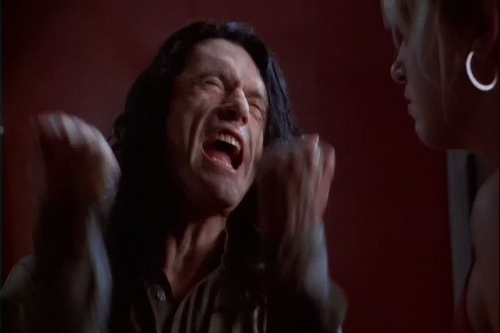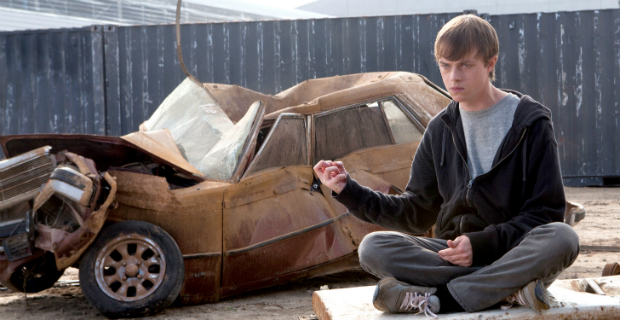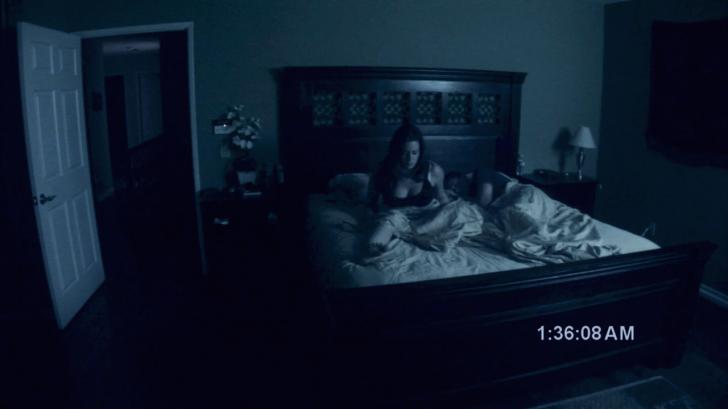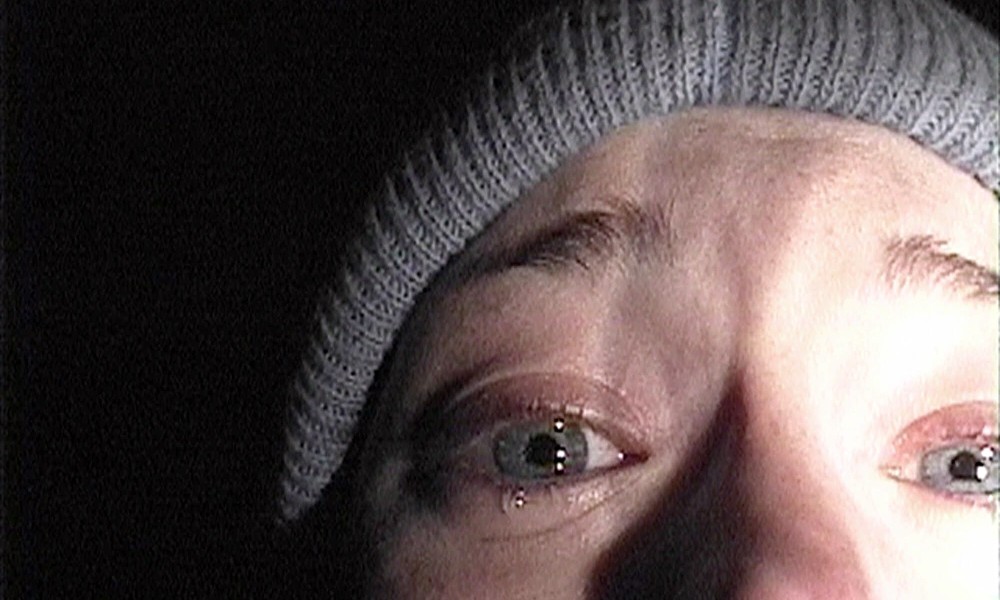I’m a big fan of found-footage horror movies, which should come as no surprise. And I get that there are a lot of people who consider them largely garbage. There’s a lot a validity to the criticisms that get lobbied against found-footage films, but that doesn’t stop me from enjoying them. Really, it’s an offshoot of my love of the horror genre as a whole. Bad horror movies are still a lot of fun to watch. You can’t say the same about, say, bad dramas.

That being said, I don’t want found footage movies to be terrible. And I really do think they have a lot of potential! Since I have a lot of time on my hands (someone please hang out with me), I’ve even thought of suggestions on how to improve this sub-genre and try to get it the respect it deserves. Aspiring filmmakers, take note.
1) Make It About a Place, Not People
One of the big criticisms of found-footage films is the enormous suspension of disbelief required to go along with people continuing to film with supernatural terror unfolding around them. At a certain point it becomes ridiculous. Yeah, sure, you really want to get a ghost on camera. But after your third friend dies most people would say it’s time to find a new hobby.

So here’s an idea to get around that: stop focusing on the people. Most found-footage movies try to follow the same kind of narrative beats and create a character arc, despite the fact that a) the entire style of found-footage bucks the typical approach to filmmaking and b) few found-footage movies take the time to create characters with any depth worth caring about. If Joey McJoerson isn’t going to have more than one trait, why should we spend a whole movie listening to him blather behind the camera?
The reason people see these movies is for the ridiculousness happening to the characters, not the characters themselves. We want to see creepy shit, maybe some mythology. So make that the focus. Make the movie about a specific location and let that be the constant. Instead of following one character or group of characters, let’s see the haunted house (for example) from the perspective of different people at different points in time.
Some characters will make it out, some won’t. They’ll each have their own motivations for filming, and with each group we’ll get a different piece of the overall puzzle. It would almost be an anthology, with the location being the thread that ties everything together. And if the characters are annoying or one-dimensional, at least you don’t have to put up with them for a whole movie.
The Paranormal Activity movies kind of sort of did this, with each movie centered around a different family tangling with the same spirit. But that was spread over what is now six films, with the mythology becoming somehow both convoluted and spread thin. Streamline that into one movie, and make the audience piece the story together from the multiple perspectives, and you’ll have something far more interesting than the typical fare.
2) Get an Actual Budget
I get that the big draw of found-footage movies from a studio’s perspective is that they are dirt cheap to produce. And I am certainly not saying that you need a big budget in order to make quality films. But the low-tech aspect of found-footage movies does tend to make them all look the same. The only found-footage flicks I can think of off the top of my head that had a higher-end budget are Cloverfield and Chronicle, but they weren’t really horror movies and they’re some of the better found-footage movies, proving my point.

But could you imagine a found-footage horror movie in the house from Crimson Peak? That set design was maddeningly beautiful, and having visuals like that go a long way in creating a unique atmosphere. Unfortunately, that requires money that generally isn’t used for these kinds of films.
The low-tech aesthetic is part of the charm of these movies, sure, but it does limit what you can do. Spending the extra money to give your location an actual personality will go a long way towards distinguishing it from the rest of the pack, even if everything else about it is standard.
3) Make the Ghost/Spirit/Monster a Character
Going back to The Blair Witch Project, found-footage movies tend to keep their monster in the background and largely unseen. This can lead to a nice, slow boil and can be effective, but it has become a go-to template with diminishing returns.
So what if you made the antagonistic force more of a character? Instead of hiding them behind the curtain the whole movie, let them interact with the characters (and the audience) in a more meaningful way. Enough of the shapeless unseen forces. It’s boring now. Give us a menace with legitimate motivations and personality so that we have a real reason to root against them (or for them).

The Bigfoot flick Exists did this. In a lot of ways it follows a typical found-footage format. But there isn’t much mystery over what is stalking the protagonists. We know it’s Bigfoot early on, with his attacks on the campers becoming more frequent and aggressive. This Bigfoot feels like an actual presence and character as opposed to something utilized to get the plot and scares moving, and by the end of the film we see a clear and understandable motivation for its actions. In the end, it felt like a breath of fresh air after all the invisible forces slamming doors shut just because they can.
Interesting villains make for interesting movies. Instead of settling for a barely-seen menace, more found-footage films should find ways to fully incorporate them into the narrative. For as cartoonish as he became, there’s a reason Freddy Krueger is a horror icon. He was a slasher killer who fully integrated himself into what was going on, and fans of the series watch the movies because they like him and find him interesting. Found-footage has yet to produce an antagonist worth really caring about, and that should change.

